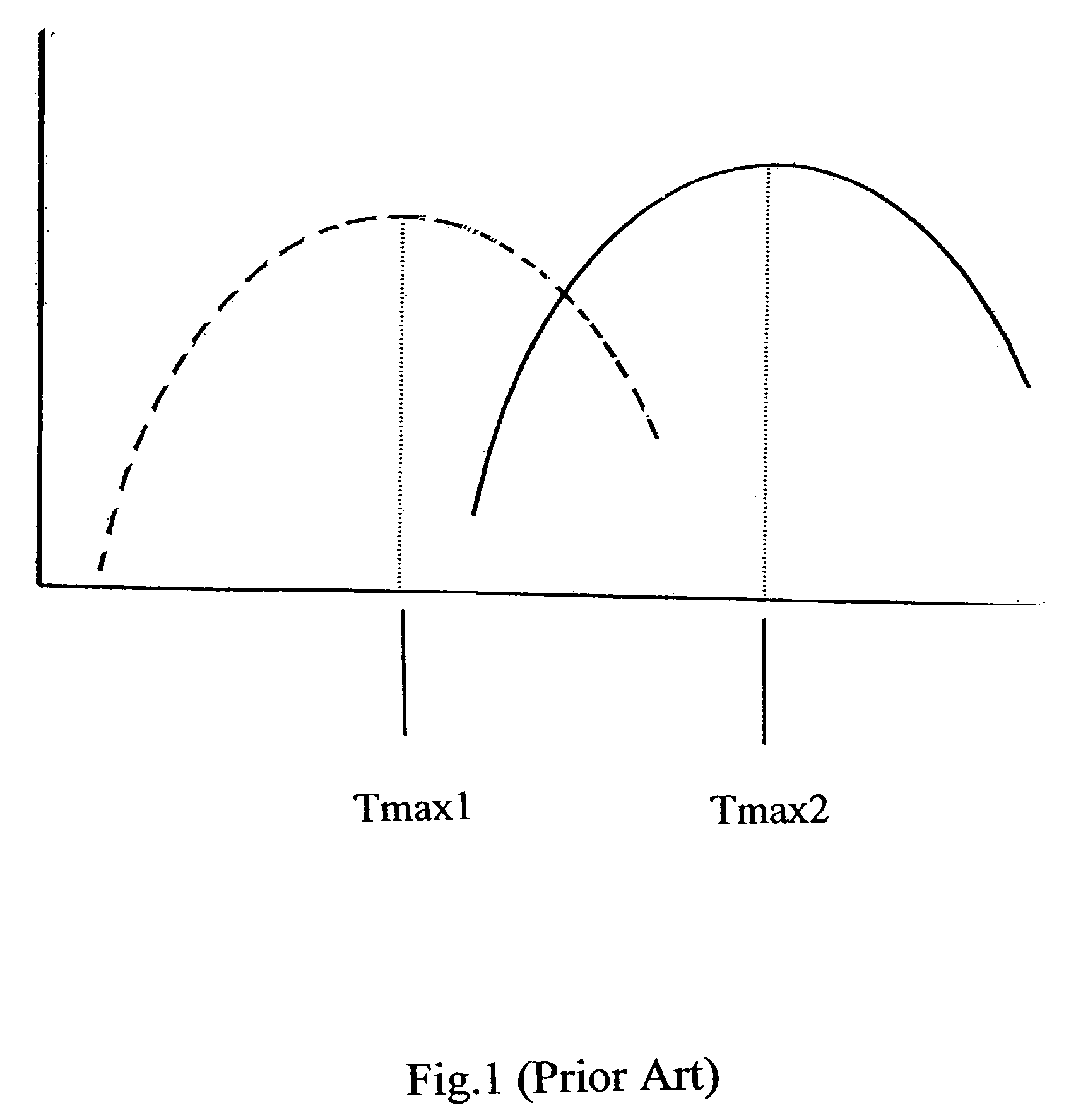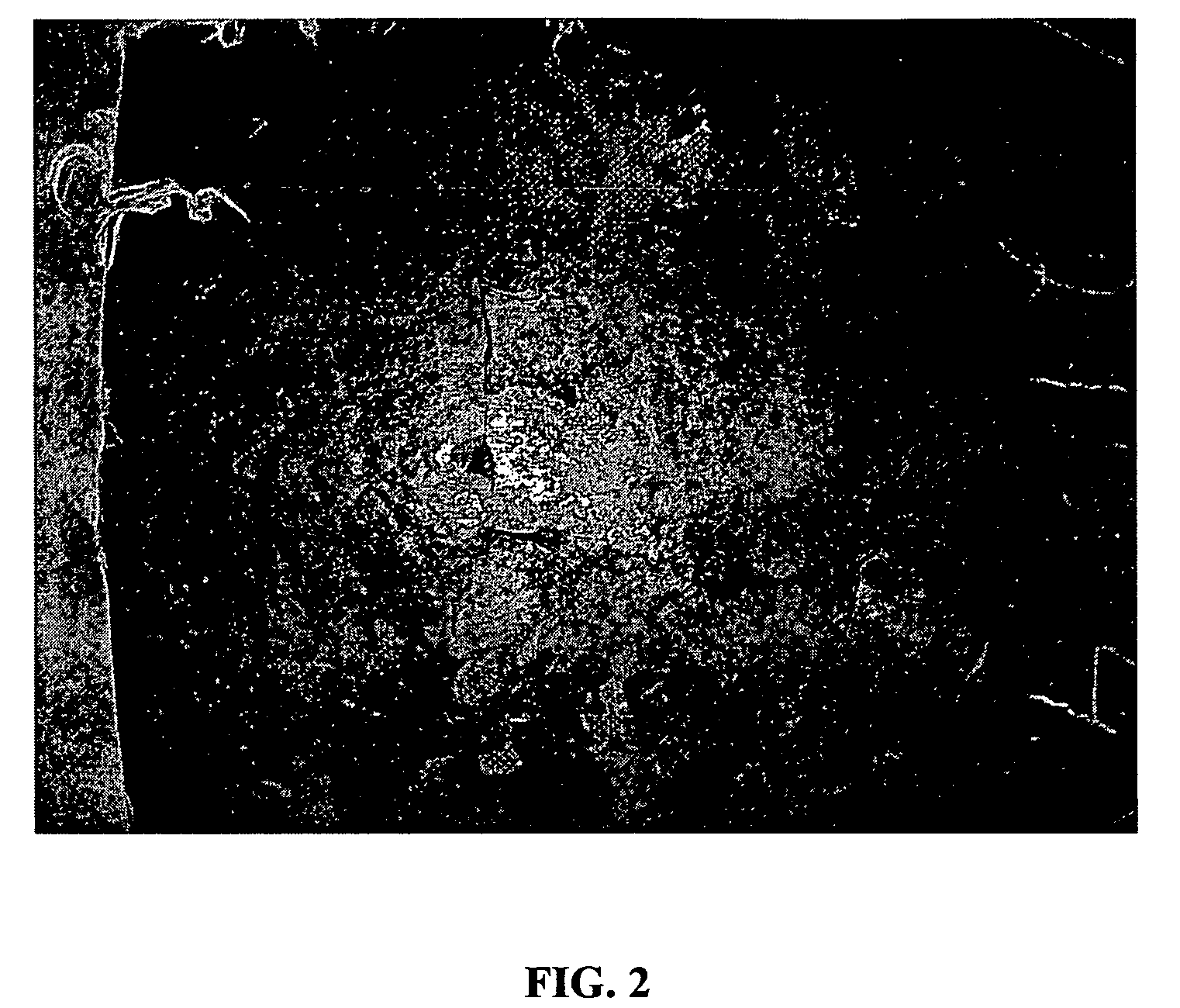Protection from kinetic threats using glass-ceramic material
a technology of glass ceramics and kinetic threats, applied in the field of materials, can solve the problems of small part of shielding materials destroyed, damage caused by kinetic threats that are localized, and efforts have not met with success, and achieve the effects of low production cost, high effectiveness, and low production cost of glass ceramics
- Summary
- Abstract
- Description
- Claims
- Application Information
AI Technical Summary
Benefits of technology
Problems solved by technology
Method used
Image
Examples
examples
[0135]Reference is now made to the following example that, together with the above description, illustrate the invention in a non-limiting fashion
Materials, Instruments and Experimental Methods
Materials:
[0136]Coal ash was obtained from the Rutenberg Power Plant (Ashkelon, Israel), the plant burning coal supplied by TotalFinaElf S.A., South Africa. The composition of the coal ash was SiO2 (46.5% by weight), Fe2O3 (3.7% by weight), Al2O3 (30.1% by weight), TiO2 (1.6% by weight), CaO (10% by weight), MgO (1.9% by weight), SO3 (2.3% by weight), Na2O (0.2 by weight), P2O5 (2.2 by weight), and K2O (0.4% by weight).
[0137]Rutile sand was obtained from Richards Bay Iron and Titanium (PTY) Ltd. (Richards Bay, Republic of South Africa). The composition of the Rutile sand was TiO2 (89% by weight), Fe2O3 (2.5% by weight), ZrO2 (2% by weight), P (0.04% by weight), S (0.008% by weight), SiO2 (3% by weight), Al2O3 (0.88% by weight), CaO (0.25% by weight), MgO (0.08% by weight), Cr2O3 (0.14% by weig...
PUM
| Property | Measurement | Unit |
|---|---|---|
| impact velocities | aaaaa | aaaaa |
| impact velocities | aaaaa | aaaaa |
| velocity | aaaaa | aaaaa |
Abstract
Description
Claims
Application Information
 Login to View More
Login to View More - R&D
- Intellectual Property
- Life Sciences
- Materials
- Tech Scout
- Unparalleled Data Quality
- Higher Quality Content
- 60% Fewer Hallucinations
Browse by: Latest US Patents, China's latest patents, Technical Efficacy Thesaurus, Application Domain, Technology Topic, Popular Technical Reports.
© 2025 PatSnap. All rights reserved.Legal|Privacy policy|Modern Slavery Act Transparency Statement|Sitemap|About US| Contact US: help@patsnap.com



